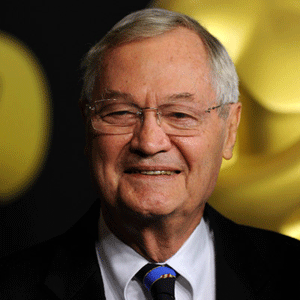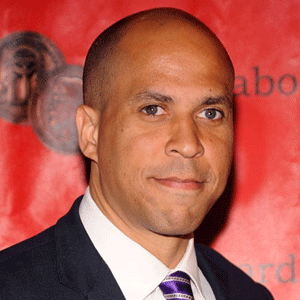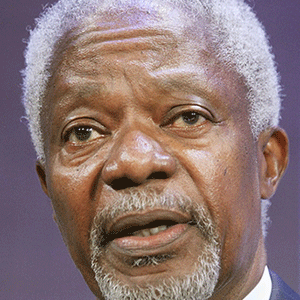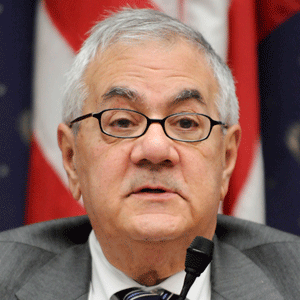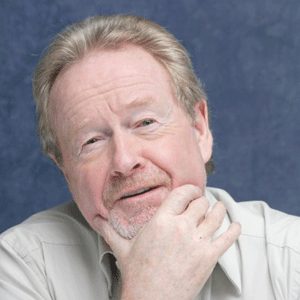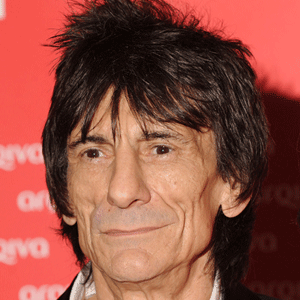Below is a list of all of the biographies and profiles I wrote for A&E Television Networks’ Biography.com during the summer of 2012. Some of these profiles are linked directly to my website, while others are linked to the Biography.com site where they originally appeared.
July 2012
Musician Ronnie Wood
Circus founder Charles Ringling
Circus founder John Ringling
Congressman Barney Frank
Reggae artist Peter Tosh
Reggae star Jimmy Cliff
Singer Desmond Dekker
Soccer star Bobby Charlton
Singer Florence Welch
Prime Minister David Cameron
First Lady Samantha Cameron
Actress Amy Adams
Gymnast Gabby Douglas
Gymnast John Orozco
Gymnast Jordyn Wieber
August 2012
Gymnast Danell Leyva
Swimmer Allison Schmitt
Chef Jacques Torres
Former UN Secretary General Kofi Annan
Congresswoman Cathy McMorris Rodgers
Governor Susana Martinez
Politician Jean-Marie Le Pen
Governor Nikki Haley
Governor Brian Sandoval
Governor Scott Walker
Director Tony Scott
Director Ridley Scott
Music producer Sam Phillips
Actress Mayim Bialik (also here)
Actor Michael Gambon
Scientist Alan Turing
Chemist Rosalind Franklin
Physicist Satyendra Nath Bose
Tax specialist Janna Ryan
Second Lady Jill Biden
Former First Lady Ann Romney
Educator Bill Nye
Actress Linda Hamilton
September 2012
Senator Cory Booker
Mayor Julian Castro
Director Roger Corman
Explorer Martin Frobisher
Explorer Jacques Marquette

